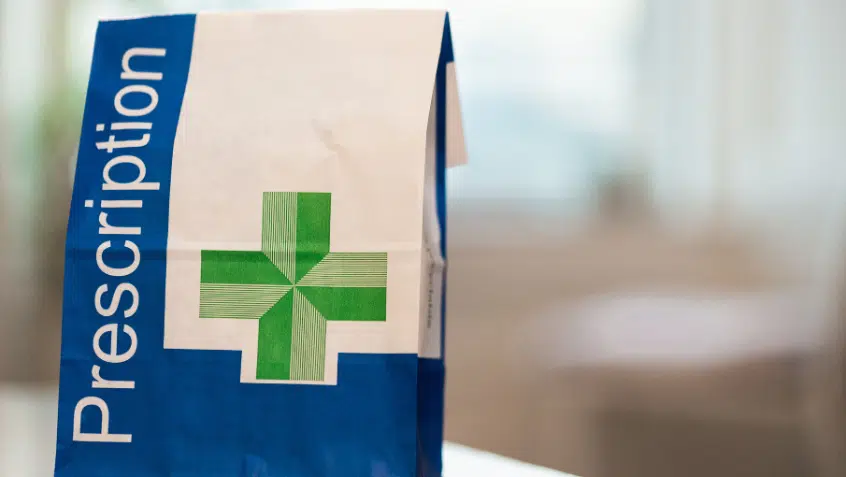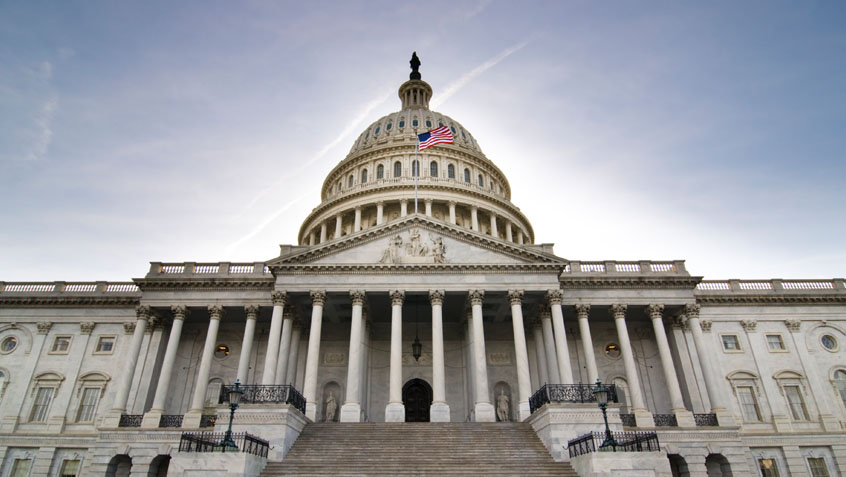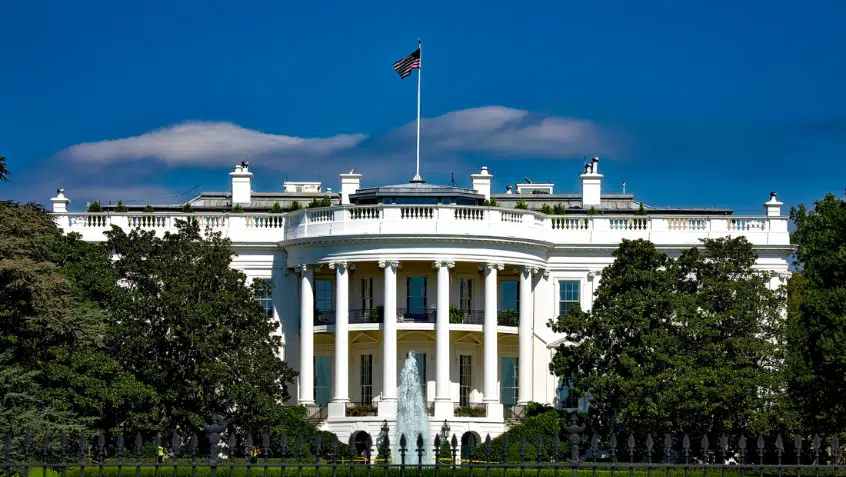Millions See Cost Savings Under the Inflation Reduction Act

The Inflation Reduction Act (IRA) made significant improvements to Medicare prescription drug access and affordability, including by restructuring the Part D benefit to limit enrollee expenses. Those changes began in January 2024, when the IRA eliminated cost sharing in the catastrophic coverage phase. This has effectively held enrollee spending to roughly $3,400 in 2024. Starting in 2025, the IRA sets a lower, uniform cap at $2,000, which will be indexed annually for growth in Part D.
A new report from the U.S. Department of Health and Human Services (HHS) Office of the Assistant Secretary for Planning and Evaluation (ASPE) examines the impact of the catastrophic coverage phase elimination on beneficiary spending as of June 30, 2024, including the number affected, their demographic characteristics, and their savings. Among the key findings:
- Nearly 1.5 million enrollees reached the catastrophic phase of the Medicare Part D benefit by June 30, 2024. From the time their spending reached the cap through December 31, 2024, these enrollees—and others who hit the cap before the end of the year—have no cost-sharing on covered prescription drugs.
- More than 500,000 Part D enrollees who did not have the Low-Income Subsidy (LIS) hit the cap in the first half of the year and saved a total of $979 million, with average savings of $1,802 per enrollee. These savings will likely continue over the remainder of the year.
- LIS enrollees were more than four times as likely to reach the catastrophic phase by June 30 than non-LIS enrollees. Although most would have had no cost-sharing in the catastrophic phase even before the IRA took effect, those with incomes between 135 and 150 percent of the Federal Poverty Level (FPL) would have had some cost sharing, as they only qualified for Partial LIS prior to the IRA.
- Proportions of Medicare Part D enrollees hitting the 2024 cap by June 30 were higher for enrollees under age 65, American Indian and Alaska Native enrollees, and African American enrollees.
- Enrollees hitting the cap in the first half of the year had particularly high out-of-pocket spending on cancer drugs. The highest out-of-pocket costs were for the generic version of the cancer drug lenalidomide, with average out-of-pocket costs of $2,921; the branded version, Revlimid, was also in the top ten with $1,984 in average out-of-pocket costs. The other eight drugs are all brand drugs, and only one, Vyndamax, is for a condition other than cancer (cardiovascular disease).
- More enrollees will hit the cap during the second half of the year, generating additional savings.
- 4.6 million enrollees would have hit the $2,000 out-of-pocket limit that will take effect in 2025.
The cap on out-of-pocket spending for Part D enrollees is only one of the IRA policies helping lower beneficiary costs. Other important provisions include:
- Consumer rebates on drugs with prices that increase faster than inflation (effective in 2022 for Part D and in 2023 for Part B).
- A $35 limit on beneficiary cost-sharing for a month’s supply of insulin (effective in 2023 for Part D and Part B).
- Elimination of cost-sharing for recommended Part D vaccines (effective in 2023)
- LIS eligibility expansion (effective in 2024).
- Medicare drug price negotiation (effective in 2026 for Part D and in 2028 for Part B).
An earlier ASPE report estimated that beneficiary out-of-pocket savings would total $7.4 billion in 2025, once these reforms were in place.
The Latest
Most Read
Add Medicare to Your Inbox
Sign up to receive Medicare news, policy developments, and other useful updates from the Medicare Rights.
View this profile on InstagramMedicare Rights Center (@medicarerights) • Instagram photos and videos









